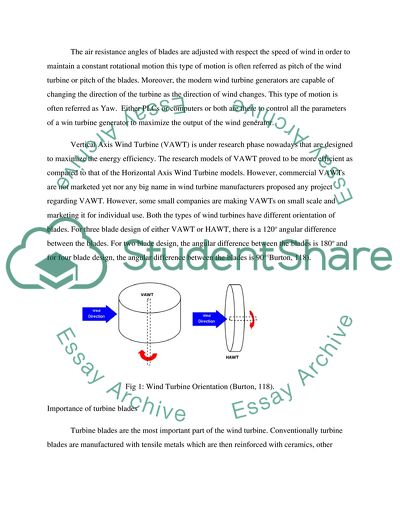Cite this document
(“Alternate Energy Engineering - Turbine Blades Research Paper”, n.d.)
Retrieved from https://studentshare.org/physics/1667456-alternate-energy-engineering-specific-topic-turbine-blades
Retrieved from https://studentshare.org/physics/1667456-alternate-energy-engineering-specific-topic-turbine-blades
(Alternate Energy Engineering - Turbine Blades Research Paper)
https://studentshare.org/physics/1667456-alternate-energy-engineering-specific-topic-turbine-blades.
https://studentshare.org/physics/1667456-alternate-energy-engineering-specific-topic-turbine-blades.
“Alternate Energy Engineering - Turbine Blades Research Paper”, n.d. https://studentshare.org/physics/1667456-alternate-energy-engineering-specific-topic-turbine-blades.


